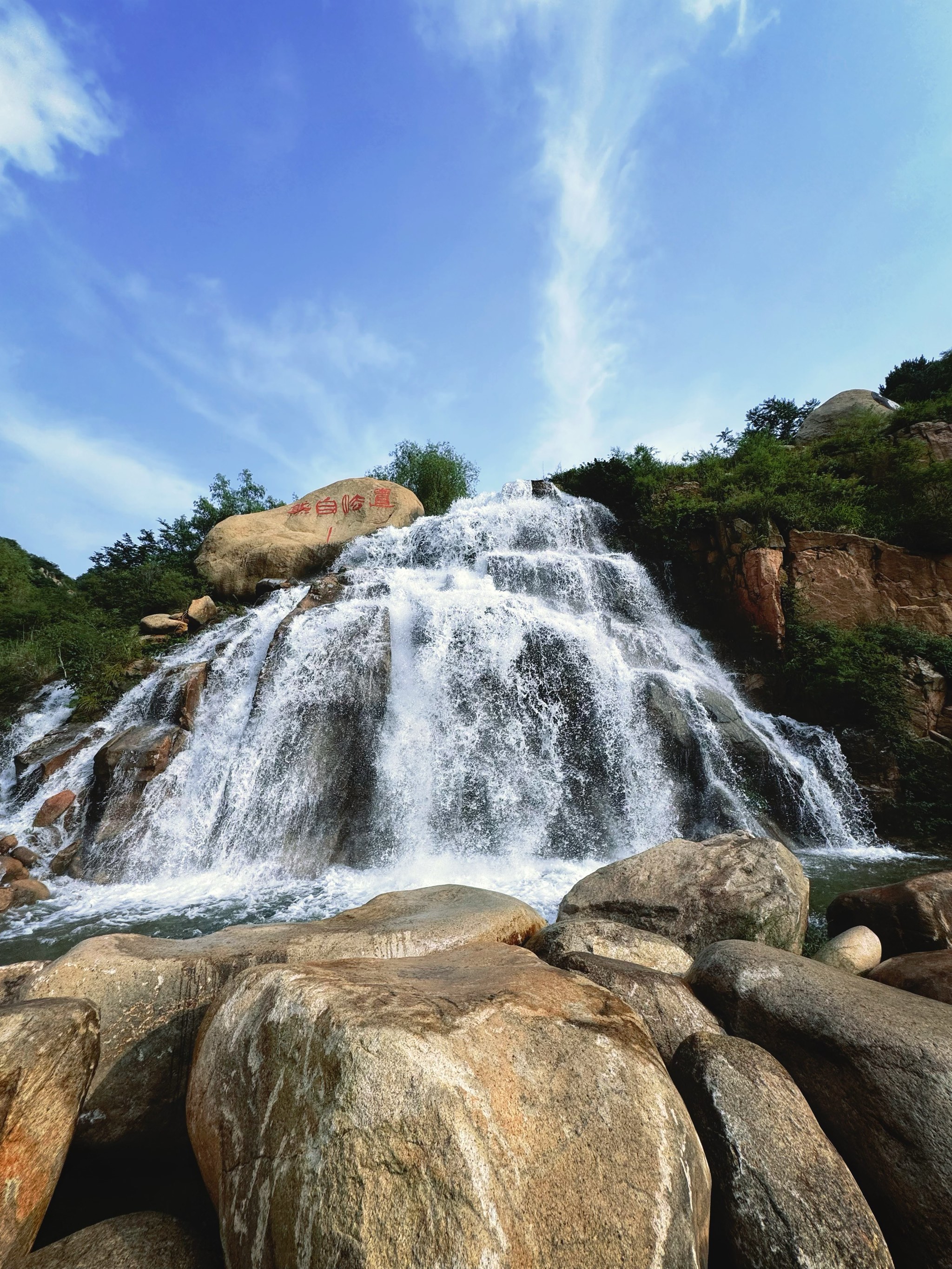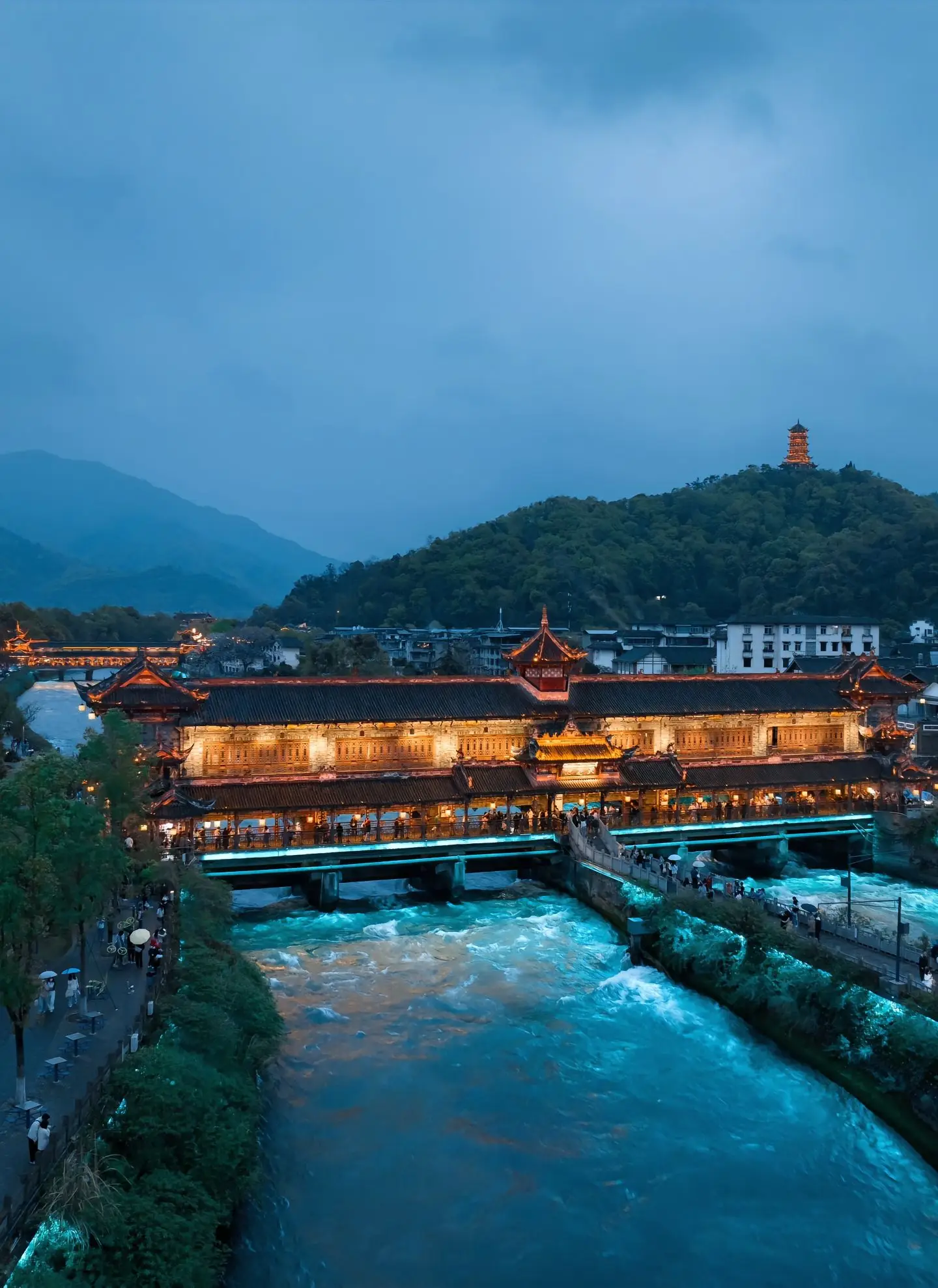Planning a trip to the United States can feel both thrilling and overwhelming. The country's sheer size and diversity mean your adventure can take countless forms. Beyond the well-trodden paths of New York's Times Square and the Hollywood Walk of Fame lies a treasure trove of stunning landscapes, historic enclaves, and cultural hotspots waiting to be discovered. This guide is designed to help you uncover these must-see tourist gems, offering a journey through America's most iconic and unexpected wonders.
Let's start with the natural wonders that define the American landscape. These are the places that postcards are made of, but experiencing them in person is an entirely different matter.
There is no place on Earth quite like the Grand Canyon. This immense chasm, carved over millions of years by the Colorado River, is a breathtaking spectacle of geological history. The sheer scale is what strikes visitors first; it's 277 miles long, up to 18 miles wide, and over a mile deep. To truly appreciate its grandeur, venture beyond the popular South Rim viewpoints. A hike down into the canyon on trails like the Bright Angel Trail offers a changing perspective with every switchback. The colors shift dramatically with the sun's movement, from soft pastels at dawn to fiery reds and oranges at sunset. For an unforgettable perspective, consider a helicopter tour that soars over the canyon, revealing the serpentine path of the river far below.
Often called the "American Serengeti," Yellowstone is the world's first national park and a testament to the raw power of the planet. This vast wilderness is a geothermal wonderland, home to more than half of the world's geysers. The most famous is Old Faithful, which erupts with remarkable regularity. But don't miss the otherworldly Grand Prismatic Spring, a colossal, vibrantly colored hot spring that looks like a piece of abstract art from above. Beyond the geothermal features, Yellowstone is a sanctuary for wildlife. It's one of the best places in the lower 48 states to see grizzly bears, wolves, and massive herds of bison and elk roaming freely.
For those drawn to the mountains, the Tetons are a sight to behold. Rising abruptly from the flat valley of Jackson Hole, these jagged peaks lack the foothills that soften most mountain ranges, creating a dramatic and starkly beautiful skyline. The area is a paradise for outdoor enthusiasts. In the summer, you can hike around the pristine Jenny Lake, go white-water rafting on the Snake River, or simply enjoy a scenic drive. In the winter, the region transforms into a world-class ski destination. The charming western town of Jackson offers a perfect base with its iconic antler arch square and rustic charm.
Moving from the rugged West to the tropical Southeast, the Florida Keys are a string of islands connected by the famous Overseas Highway. This 113-mile road trip is an attraction in itself, skimming over turquoise waters and offering panoramic ocean views. Key West, the southernmost point of the continental U.S., is a cultural melting pot with a laid-back, quirky vibe. Visit the Ernest Hemingway Home and Museum, join the sunset celebration at Mallory Square, and savor fresh seafood at a waterfront restaurant. Don't forget to explore the other keys for world-class snorkeling and diving in the only living coral barrier reef in North America.
Now, let's explore the unique urban experiences and historic enclaves that tell the story of America.
Stepping into the French Quarter of New Orleans is like entering another world. The heart of the city beats here, with its ornate ironwork balconies, hidden courtyards, and a palpable sense of history. By day, wander through Jackson Square, listen to street musicians, and indulge in beignets at the historic Café du Monde. By night, the air fills with the sounds of jazz spilling from clubs along Bourbon Street and the more refined Frenchmen Street. The city's unique Creole and Cajun culture is best experienced through its food—a must-try adventure for any visitor.
Perched on a peninsula between Puget Sound and Lake Washington, Seattle is a city of stunning vistas and innovation. The iconic Space Needle, built for the 1962 World's Fair, offers 360-degree views of the city, water, and surrounding mountains. At its base, the sprawling, architecturally fascinating Seattle Center is home to museums and parks. Just a short walk away, Pike Place Market is a sensory delight. Watch fishmongers toss salmon, browse stalls of fresh flowers and local crafts, and visit the original Starbucks store. For a different perspective, take a ferry across the sound to one of the nearby islands for a day trip.
While Washington D.C. is known for its powerful political institutions, its collection of museums and monuments is unparalleled. The National Mall is a grand, tree-lined park flanked by iconic structures. At one end stands the Lincoln Memorial, where the imposing statue of Abraham Lincoln gazes out over the Reflecting Pool toward the Washington Monument. The nearby museums of the Smithsonian Institution offer free admission to world-class exhibits on everything from air and space to African American history. A visit here is a profound journey through the nation's past and its cultural achievements.
For a taste of the exotic without leaving the country, Hawaii's Big Island is a world of its own. The island is home to Hawaii Volcanoes National Park, where you can witness the dramatic process of creation and destruction. Depending on volcanic activity, you might see glowing lava flows or hike across a crater floor. The island's diverse climates range from black sand beaches to lush tropical rainforests and even snow-capped mountains. It’s a place of powerful natural forces and deep cultural significance.
To make the most of your American adventure, a little planning goes a long way. Here are some practical tips to ensure a smooth and enjoyable journey.
The first step is choosing the right time to visit. The U.S. is a vast country with multiple climate zones. Generally, spring (April-May) and fall (September-October) offer pleasant temperatures and fewer crowds in most regions. Summer is the peak tourist season, perfect for national parks but also hot and busy. Winter is ideal for ski trips or visiting the desert Southwest, though travel to northern states can be disrupted by snow.
Domestic travel is often necessary due to the distances involved. For long hops, consider domestic flights. For a more scenic and flexible experience, a road trip is the classic American way to travel. The interstate highway system is extensive, and renting a car is straightforward. Amtrak trains offer a relaxing way to see the countryside, particularly on scenic routes like the California Zephyr (Chicago to San Francisco).
The range of accommodation is wide. You can find everything from international luxury hotel chains and quaint bed-and-breakfasts to vacation rentals and well-equipped campgrounds within the national parks. Booking in advance is highly recommended, especially for popular park lodges which can sell out months ahead.
When packing, versatility is key. Layered clothing is advisable as temperatures can vary greatly, even within a single day, especially in the western states. Comfortable, broken-in walking shoes are non-negotiable. Don’t forget essentials like a universal power adapter, a reusable water bottle, and a national parks pass if you plan to visit several.

Always have travel insurance. Healthcare in the U.S. is extremely expensive for visitors, and a good policy protects you from unforeseen medical bills, as well as trip cancellations or lost luggage.
Be mindful of tipping culture. In restaurants, a tip of 15-20% of the pre-tax bill is standard for good service. Tips are also expected for taxi drivers, hotel bellhops, and tour guides.
Finally, be prepared for the scale. Distances between attractions can be enormous. Don't try to cram too many destinations into one trip. It's better to deeply explore one or two regions than to spend your entire vacation in transit. Allow for spontaneity—some of the best memories are made at a roadside diner or a scenic overlook you hadn't planned on stopping at.




发表评论